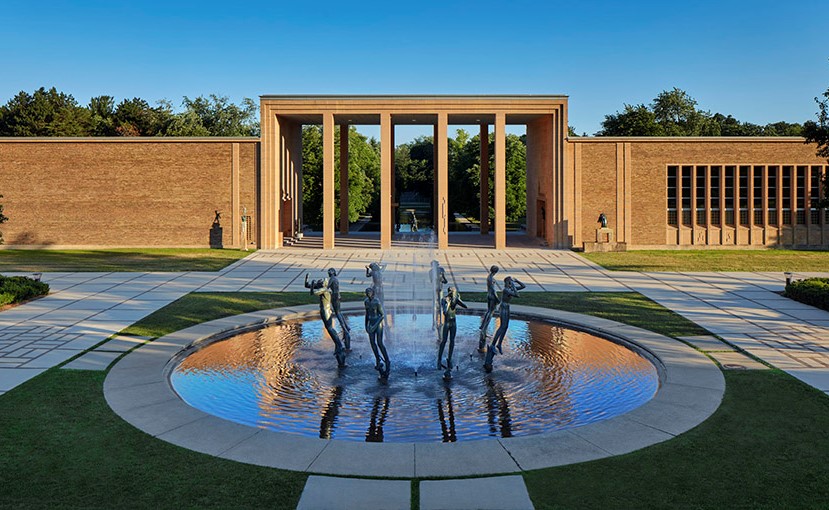Museum exhibitions and symposiums on Michigan’s modernist legacy weren’t enough to educate the world, Brian Conway concluded a few years back.
No, the Michigan historic preservation officer reasoned, a book on the state’s modern automotive and furniture industries, its educational institutions and its architecture was in order.
Then photographer Jim Haefner showed up, portfolio in hand. He would contribute 27 images – including a cover – to “Michigan Modern: Designs that Shaped America.”
The pair did not stop there. For the past two-and-a-half years, they’ve been working on a book that strictly addresses Michigan architecture. It features 227 of Haefner’s photographs, whittled down from 800 he shot. That meant a great deal of funding, from the preservation office and other sources.
“I put together a presentation and went to the GM Foundation, because I do automotive photography also, and they were receptive – they saw the presentation and were all in,” he says. “They thought this book could be helpful to attract young designers to come to Michigan, so they gave us the lion’s share of funding – but we also got funding from the Edsal Ford estate.” The state historic preservation office also contributed.
The new book, “Michigan Modern: An Architectural Legacy” starts with Cranbrook, where students and professors came from around the world to work with architects like Eero Saarinen, Kevin Roche and Yamasaki. It also covers work in Michigan by Mies, Wright and Breuer. “Michigan was on the cutting edge of modernism for a long time, and responsible for communicating that to the world, primarily through the Saarinens,” he says.
Now a once-threatened legacy can be shared with architects, interior designers and the general public. “I saw that this period was misunderstood and was at a point in its lifespan that it was in need of a major infusion of money to be rehabilitated, or would be subjected to demolition,” Conway says. “There was a library in Grosse Point by Breuer where the library board wanted to replace the building – we didn’t even know about, but went to the World Monuments Fund to have it saved and restored.”
With the publication of the new volume, the hope is that that kind of threat can be eliminated, and the architecture preserved. “There’s this whole portfolio that we didn’t understand, and the public didn’t understand,” he says. “We got into it and realized it was a national story.”
First came the exhibitions, then the symposiums – and now a new book that can assure that Michigan’s modern architectural legacy lives on.
For more, go here.
[slideshow id=1895]


